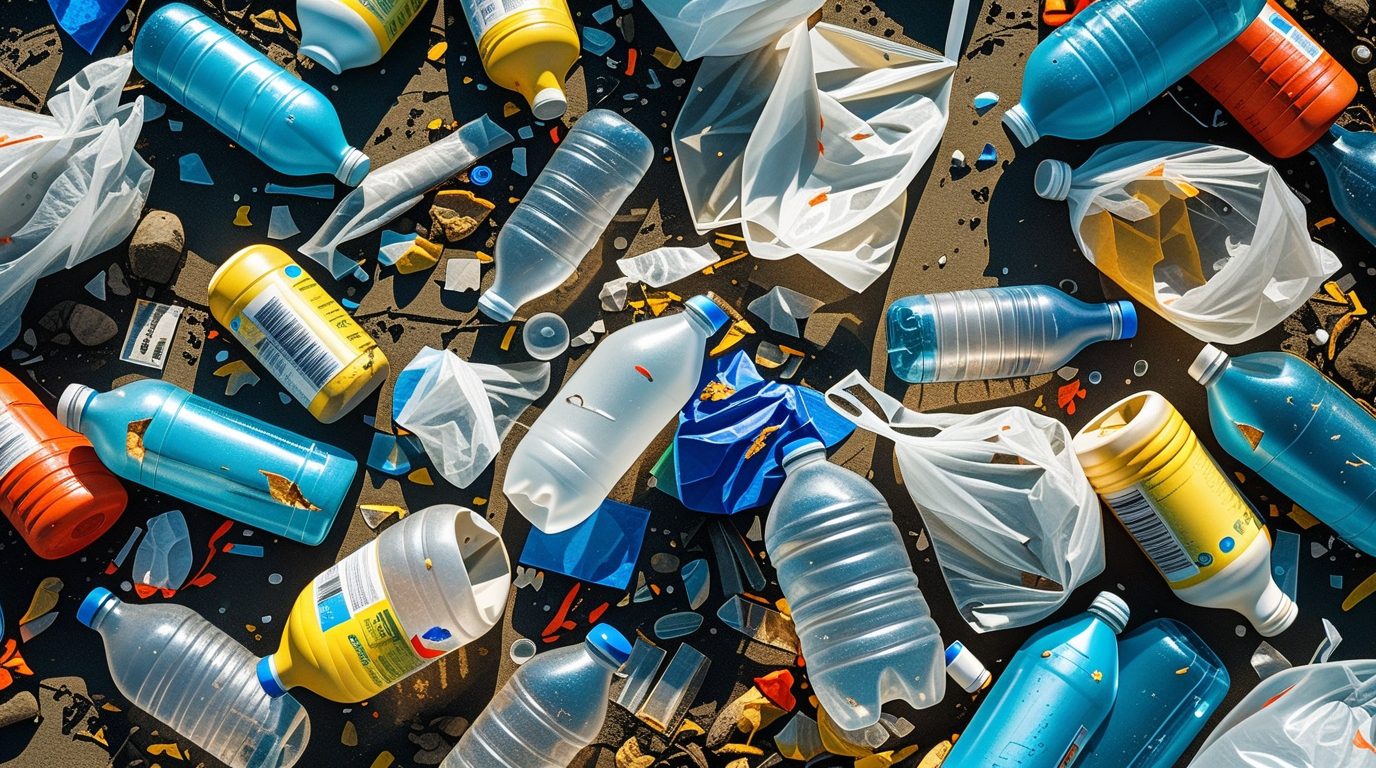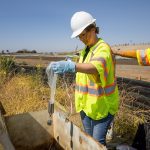- Microplastics disrupt nutrient cycles and water chemistry.
- They can spread disease, boost pathogens, and resist antibiotics.
- Plastic surfaces support unnatural microbial biofilms.
- A global treaty to reduce plastic pollution is nearing final talks.
Thursday, July 24, 2025 — The visible mess of plastic waste—floating bottles, grocery bags, and littered beaches—has long symbolized the environmental impact of plastic. But scientists are increasingly sounding the alarm about something much smaller: microscopic plastic particles that are infiltrating aquatic ecosystems and altering how they function. An editorial in Nature Water , published July 21, 2025, underscores how these less visible pollutants may pose even greater long-term risks than their larger counterparts.
, published July 21, 2025, underscores how these less visible pollutants may pose even greater long-term risks than their larger counterparts.
More Than Just Litter.
Since the 1950s, the widespread use of plastics has led to a surge in waste. Over time, larger plastic items break down into smaller fragments called microplastics and nanoplastics. These particles, often too small to see, are now found across oceans, rivers, and soil. For years, researchers focused on identifying and tracking them. Recent studies suggest their true danger lies in how they interfere with ecosystems.
Plastic particles have a large surface area and can carry chemical residues. According to the editorial, they disrupt natural cycles by altering the flow of nutrients through water systems. For example, they host unusual microbial biofilms that differ from those found on rocks or sediments. These artificial surfaces promote the survival of certain microbes, increase the spread of antibiotic-resistant genes, and may even support harmful pathogens.
Additionally, plastics can act like sponges, absorbing and transporting pharmaceutical drugs and industrial chemicals, thereby introducing them into places they would not otherwise reach.
A Complex and Evolving Challenge.
Despite growing concern, scientists still do not fully understand all the ways in which microplastics interact with ecosystems. Their effects are indirect, often difficult to measure, and may vary from one environment to another. This complexity has led experts to call for more research and immediate policy action.
The Push for a Global Solution.
The release of the editorial coincides with a critical moment in international environmental policy. From August 5 to 14, 2025, world leaders will gather in Geneva, Switzerland, for what could be the final round of negotiations on the United Nations’ proposed Global Plastics Treaty. Launched in 2022, the treaty seeks to establish a legally binding framework to combat plastic pollution worldwide.
While many countries have passed national laws to address plastic waste, the issue continues to transcend borders. Negotiations have been slowed by competing political and economic priorities, but the Geneva session could mark a turning point.
Experts hope that the momentum behind recent scientific findings—like those discussed in Nature Water—will help push delegates toward an agreement that treats plastic not just as litter, but as a global contaminant that requires urgent and unified action.
Citation:
The not-so-hidden threats of plastic pollution. Nat Water 3, 747 (2025). https://doi.org/10.1038/s44221-025-00475-y


